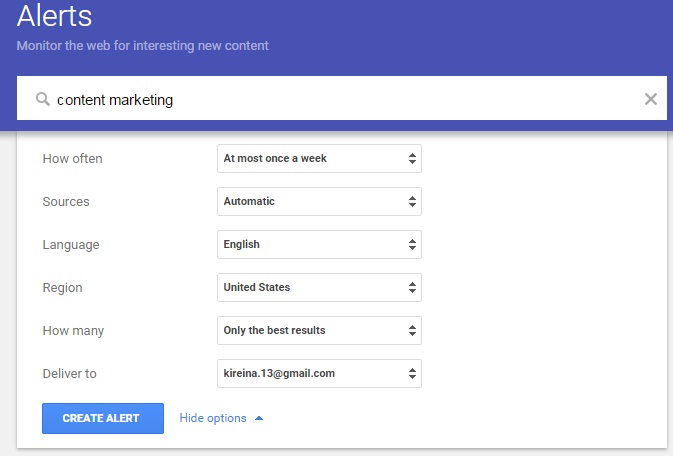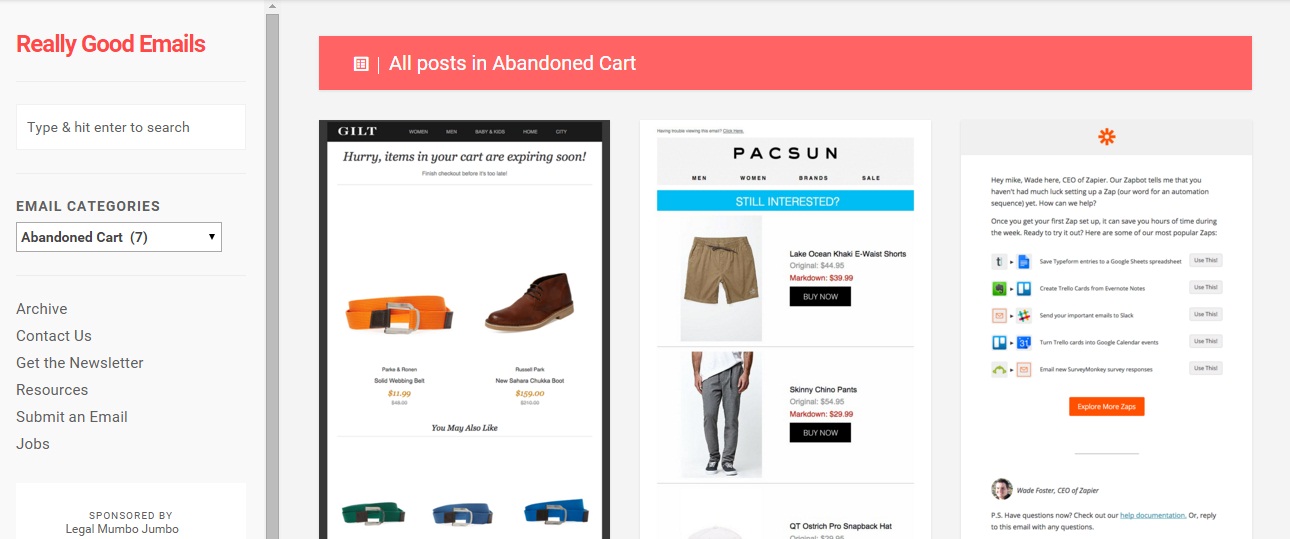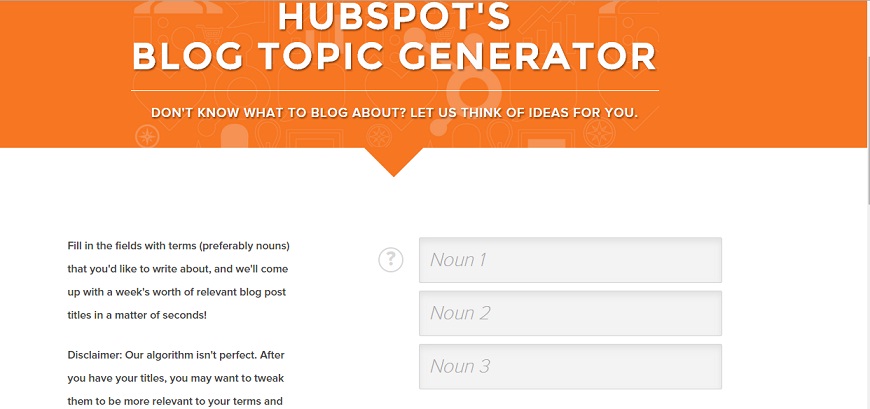When was the last time you wrote something for your blog? What about the e-book you said you were going to write this year? Is your progress frequently stalled by writer’s block?
Now’s a good time to get back on the horse and start writing again.
November is National Novel Writing Month (NaNoWriMo), an annual online writing event that challenges participants to write 50,000 words (minimum word count for novels) from November 1 to November 30. NaNoWrimo, isn’t limited to novel writers though. The only goal is to write 50,000 words, whether it’s for an e-book, your website’s email and blogging efforts, or a short non-fiction, it doesn’t matter. The event aims to provide accountability and inspiration for writers in all walks of life.
NaNoWriMo or Not
We don’t need NaNoWriMo to tell us that writer’s block is a tough and inevitable part of the writing process. As in digital marketing and pretty much every part of business, there’s so much pressure to come up with something original, something inspired.
With thousands of blog posts being published every day, and thousands more in e-books and marketing paraphernalia, it’s getting difficult — impossible, actually — to come up with 100% unique ideas.
But guess what?
That’s okay!
Your writing doesn’t have to be 100% unique to be great. Some of the world’s greatest writers drew inspiration from other writers as well. Some of the most effective adverts were inspired by previously successful ads, too.
Let me help you shake off that pesky writer’s block.
7 Sources of Writing Inspiration
Reading about email marketing strategies won’t be enough to improve a boring email campaign. You’ve got to see actual emails companies have sent out to their database. This website curates newsletter sign-up copy, birthday emails, welcome emails, segmentation emails, and subject lines in their inspiration gallery.

Enter a couple of keywords, choose the frequency, sources, and region for the results. Google will then email you a list of articles on that subject. You don’t need to read every article on the alerts email, just scan the headlines and save interesting articles to your editorial calendar for later use. If you find several interesting articles on one subject, you can use them for a round-up article.

- Feature an Employee
Humanize your brand by featuring employees in short, interview-style blog posts. Aside from filling the void when you don’t know what to write about, these features will help current and future customers get to know the ‘who’ behind your business.

Aside from the typical responsibilities and skills segment, articles featuring employees can also discuss:
- What they’re currently working on for the company – an improvement to the company’s flagship SaaS product, a bug, a product launch, or an e-book.
- Interesting, non-work related skills
- Message for new recruits
- What they like about the company
- Their latest accomplishment for the company
Better yet, you can use this to improve the “Our Team” page of your website. It’s also a win for management, because getting featured boosts an employee’s morale and encourages them to go the extra mile.
- Use Writing Prompts
Many writers struggle writing because they don’t know how to begin. They’re not sure how to write a decent lede, or an introduction to their story. Other times, it’s just easier to jump in the middle and write the climax.
But when you’re absolutely stuck, writing prompts can force your brain to think outside the box. Prompts are usually specific situations, intriguing words, or questions that prompt you to write on a specific subject.

Try these writing prompt websites next time you get stuck on a page:
This site is similar to item #1 above, The Best of Email. It’s a collection of email swipes used by different companies, categorized into how they were used. You can find just about every kind of email here:
- Abandoned cart
- Activation
- Customer appreciation
- Events
- Email digests
- Newsletter
Here’s a glimpse of what’s available for abandoned cart emails.

- What’s Missing? What Will Happen Next?
Have you heard the World Health Organization’s (WHO) report about processed meats and red meat? BBC, New York Times, The Guardian, and other leading publications reported on this subject, causing widespread confusion (and a slight panic) among consumers.
Those publications got tons of page views and social shares for their articles. Since almost everyone has covered the topic, it’s somewhat futile to write about it again even if you have your own POV. The big publications and early adapters — those who got the first scoop by publishing early — are already in the forefront of this news. If this is your beat, you might be wondering, what else is left to write about?
Write about what’s missing, or what might happen next! It’s a tried and tested technique used by journalists everywhere, especially when a competing publication already got the first scoop.
In this case, what’s the next thing that might happen? People questioning the WHO report, people saying it’s not accurate. Now that’s an angle you can explore, and it’s exactly what Mashable did.
Next time you need to write about a certain news or event but are out of ideas, think about:
- What’s the opposite of this?
- What’s going to happen next?
- What are they not telling us?
- Use Topic Generators
Topic generators work in different ways but in general, you just enter a keyword or two and then the site’s algorithm will spout a couple of topic ideas from you, based on their database of fill-in-the-blank headlines.

Try these topic generators:
- HubSpot’s Blog Topic Generator
- Portent’s Content Idea Generator
- Inbound Now’s Blog Title Idea Generator
Start Writing!
I hope the websites and strategies listed here have inspired you to start writing again. If not, then what else is holding you back?
If you’ve got a book inside of you waiting to be written, a valuable lesson the world needs to hear, don’t let your excuses deprive everyone of what you have to share. Sometimes you just need a little help. Talk to us to discuss how we can help with your project.
